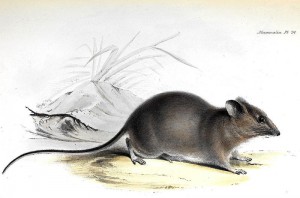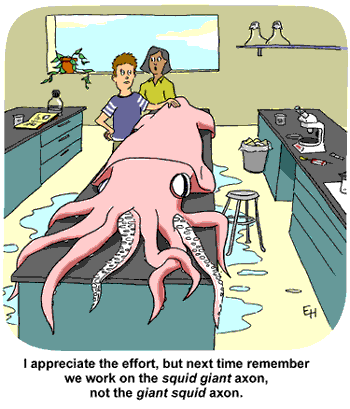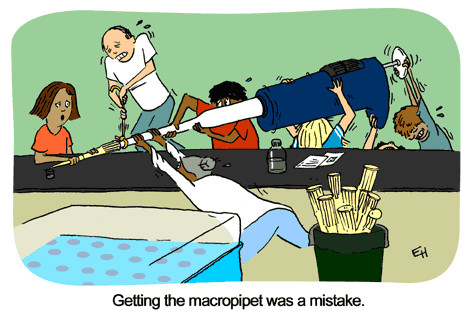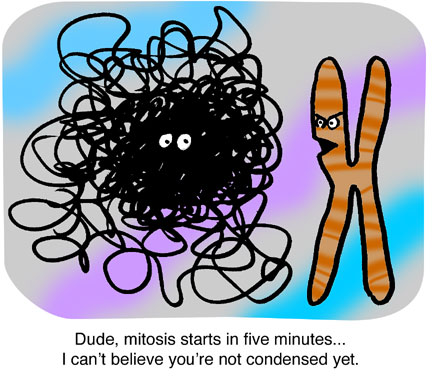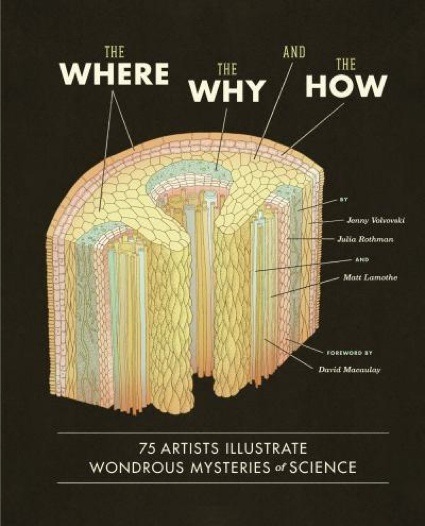Metamorphosis. In the case of butterflies, it is nature’s version of the great makeover. A plump and slow caterpillar transforms itself into a chrysalis and, tucked snuggly away from the curious prying eyes of the world, metamorphoses into a colorful, graceful butterfly.
Growing up in Iowa, my sister and I had a summer tradition of stalking the milkweed plants in search of Monarch caterpillars. Once we captured our prey, we brought our new acquisitions home and placed them in lovingly crated Mason jar containers filled with milkweed leaves and sticks. Over the next few days these lucky caterpillars lived in the lap of luxury with a constant supply of milkweed leaves. Once the time came for the caterpillar to transform into a chrysalis, we waited with baited breath for the butterfly to emerge.
As a child, those ten or so days I spent watching the unchanging chrysalis were filled with breathless speculation about what must be happening inside. Years later in biology class I learned all about the stages of butterfly development and what was really happening inside the shell of the chrysalis. This knowledge came with a little kernel of sadness though, because there was only one way for science to have figured out what was happening inside the chrysalis, and that way did not end well for the butterfly-to-be.
Wouldn’t it have been nice if we could take pictures of what was happening inside the chrysalis without disturbing nature’s makeover mid cycle?
Continue reading “Peeking Inside the Chrysalis: Metamorphosis in 3-D” Like this:
Like Loading...
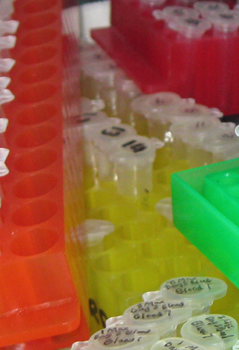 Remember the bubble getter? Siliconizing sequencing gel glass plates? Carrying out sequencing reactions in strip tubes? Diagramming, by hand, your cloning scheme and calculating the cut sizes with a hand-held calculator? Marking plates for plaque lifts with india ink?
Remember the bubble getter? Siliconizing sequencing gel glass plates? Carrying out sequencing reactions in strip tubes? Diagramming, by hand, your cloning scheme and calculating the cut sizes with a hand-held calculator? Marking plates for plaque lifts with india ink?  “Why? Why? Why?” Anyone who has been around small children has experienced the monotonous, often aggravating, seemingly endless barrage of the “W” word. Why does soap make bubbles? Why do feathers float and acorns fall to the ground? Why are baths important? Why are those flowers purple? Why can’t I be purple? Why do tigers have stripes and leopards have spots and lions don’t have anything (majestic manes not withstanding)? Why can rocks bounce (skip) off water? Why didn’t my rock bounce? Why does the plant in the window bend toward the light? Why are my eyes blue and my brother’s eyes brown?
“Why? Why? Why?” Anyone who has been around small children has experienced the monotonous, often aggravating, seemingly endless barrage of the “W” word. Why does soap make bubbles? Why do feathers float and acorns fall to the ground? Why are baths important? Why are those flowers purple? Why can’t I be purple? Why do tigers have stripes and leopards have spots and lions don’t have anything (majestic manes not withstanding)? Why can rocks bounce (skip) off water? Why didn’t my rock bounce? Why does the plant in the window bend toward the light? Why are my eyes blue and my brother’s eyes brown?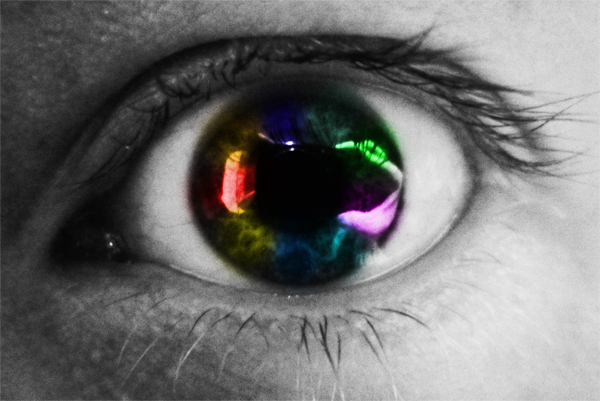 I asked my Facebook friends what my blog post should cover today. They gave me a list of very creative subjects that I will try to cover in the coming months. The winning suggestion for today is “why do my eyes change color depending on my mood?” In a simple Google search, it is apparent that many people have witnessed the phenomenon of their eyes changing color depending on their moods.There seem to be many explanations for this from light scattering to hormonal influences to psychic powers. What’s the real story? To get to the bottom of this, let’s take a closer look at how eye color is determined in the first place.
I asked my Facebook friends what my blog post should cover today. They gave me a list of very creative subjects that I will try to cover in the coming months. The winning suggestion for today is “why do my eyes change color depending on my mood?” In a simple Google search, it is apparent that many people have witnessed the phenomenon of their eyes changing color depending on their moods.There seem to be many explanations for this from light scattering to hormonal influences to psychic powers. What’s the real story? To get to the bottom of this, let’s take a closer look at how eye color is determined in the first place. 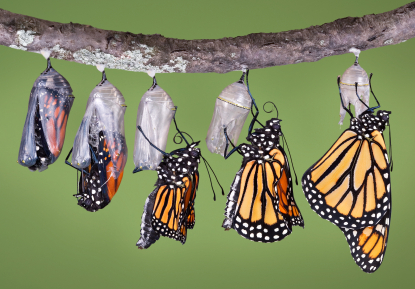
 You may have read several posts on this blog relating to the non-spring-like weather we have been experiencing here in the Midwest. Well, it’s still cold, but the weather has to break sooner or later and that concept has me so excited to get my garden going! Have you ever considered gardening? Are you new to gardening? You may have considered it and gotten overwhelmed by the details- What class should I take? What books should I read? What do I do?
You may have read several posts on this blog relating to the non-spring-like weather we have been experiencing here in the Midwest. Well, it’s still cold, but the weather has to break sooner or later and that concept has me so excited to get my garden going! Have you ever considered gardening? Are you new to gardening? You may have considered it and gotten overwhelmed by the details- What class should I take? What books should I read? What do I do?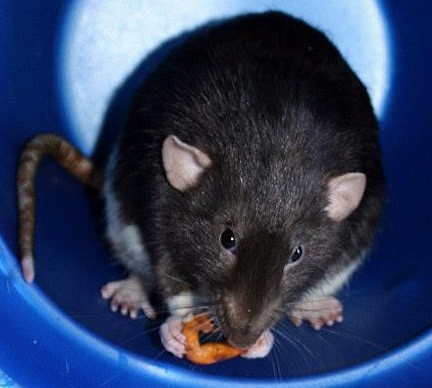 A little over a year ago, I wrote about
A little over a year ago, I wrote about